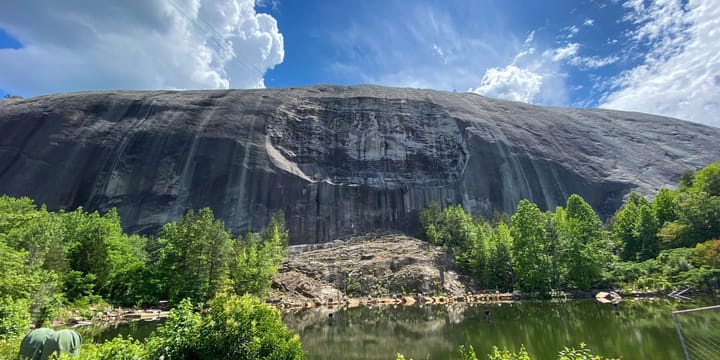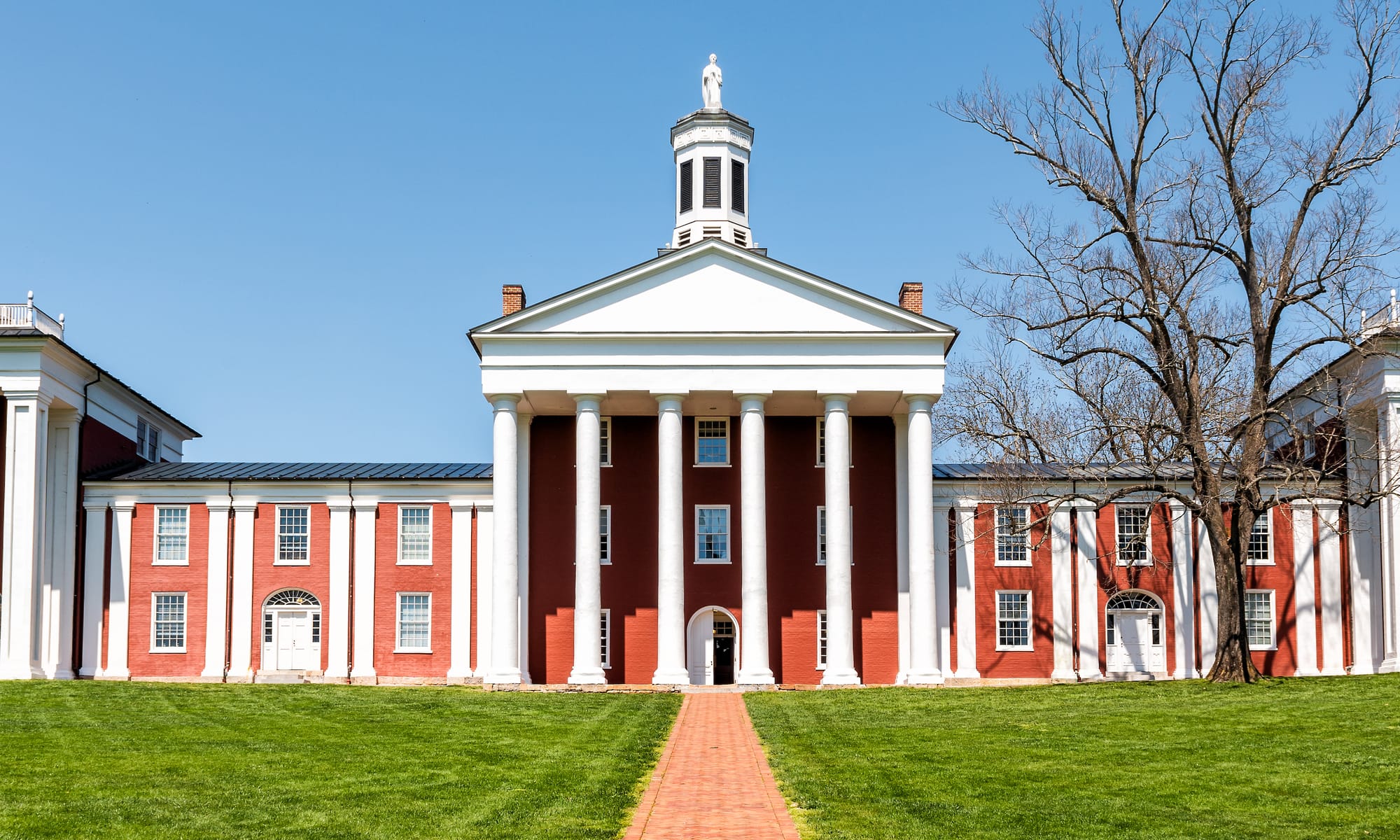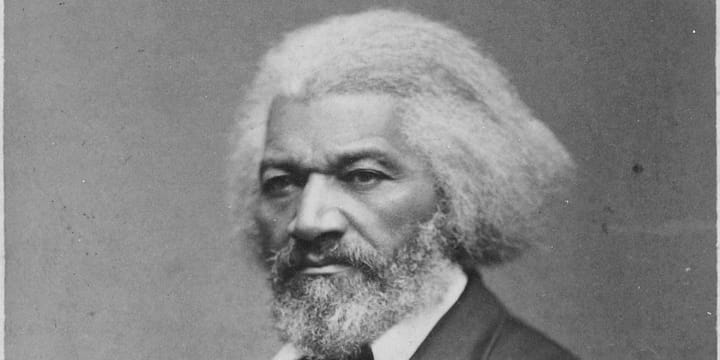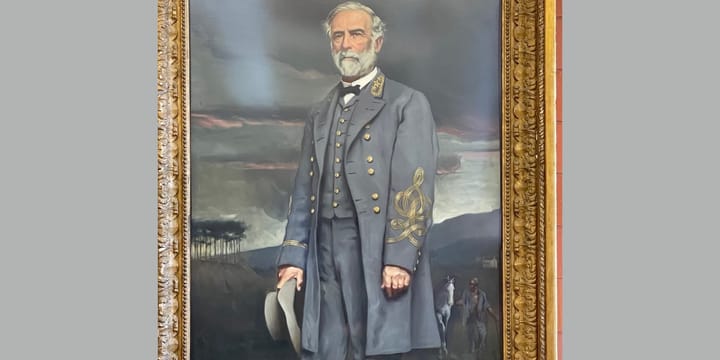Neo-confederates fight to preserve lost cause myths at Stone Mountain
Neo-confederates in Georgia are still fighting for the lost cause.

Charlotte Kramon reports in an for the AP that the Georgia chapter of the Sons of Confederate Veterans has filed a desperate lawsuit. It aims to prevent Stone Mountain Park from changing the signs in park. The new signs do not feature imagery of the large confederate monument on the rock's side.
The article outlines how this effort would help put the false narratives about one of America's most problematic monuments. Such groups stuck in the mythological past continue to weaponize the false historical narrative.
Background we all know
Stone Mountain's massive carving of Confederate leaders Jefferson Davis, Robert E. Lee, and Stonewall Jackson stands as a towering symbol of the "Lost Cause" mythology—a deliberate campaign of historical distortion that has poisoned American understanding of the Civil War for over a century. This pernicious narrative falsely reframes a war fought to preserve slavery as a noble struggle for states' rights, whitewashing the Confederacy's brutal defense of human bondage.
This fabricated narrative became the foundation for the Lost Cause movement—a coordinated effort to rehabilitate the Confederate cause and justify continued racial oppression.
Fighting for the lost cause is very much alive
The park's planned exhibit threatens to shatter these carefully constructed lies. The "truth-telling" installation would expose how white Southerners systematically manufactured a sanitized version of history. This statue is a big part of what the exhibit describes as a "collective memory" designed to obscure slavery's central role in the conflict.
As Kramon points out, the exhibit would reveal the sinister role organizations like the United Daughters of the Confederacy and Sons of Confederate Veterans played in spreading this propaganda through monument campaigns, corrupted educational programs, and support for Jim Crow segregation laws. These groups didn't just honor dead soldiers—they actively promoted a racist ideology that inflicted generations of harm on Black Americans.
Stone Mountain's history exemplifies this destructive legacy. The KKK's 1915 revival ceremony atop the mountain, timed with the release of the white supremacist film "Birth of a Nation," demonstrates how Lost Cause mythology directly enabled racial terrorism. The monument itself was commissioned as part of this broader campaign to legitimize white supremacy through romanticized Confederate imagery.
The lawsuit reveals that these organizations remain committed to protecting their false historical narrative, even when confronted with overwhelming evidence of its harmful impact. Their resistance to historical truth demonstrates that the Lost Cause mythology was never about heritage—it was always about maintaining white supremacist power structures through the manipulation of public memory.
Non in cautus futuri.




